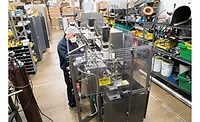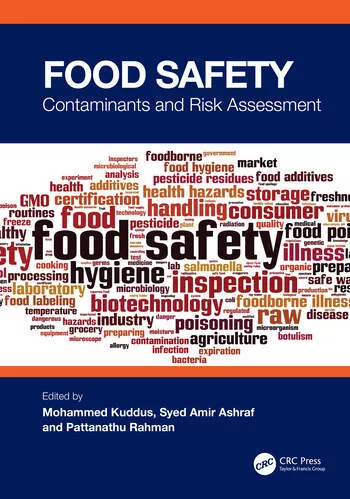Exclusive interview: Q&A on holiday food safety


Food Safety Strategies was recently able to talk to Dr. Mike Koeris, Corvium founder and chief innovation officer, about contamination, especially that which can come with seasonal products.
Liz Parker: What seasonal products may be more vulnerable to contamination?
Mike Koeris: All food items present some risk, year-round, and the nature of some holiday foods and gatherings does create some additional risks: foods like poultry, meat, seafood and eggs are already prone to contamination, and being left out for hours during a holiday party or all-day open-house doesn’t improve the chances. But there are less obvious dangers that could be hidden in a holiday spread. That store-bought crudités platter is full of the type of pre-cut vegetables that present a high risk. Baking this season? It’s not just raw eggs, but uncooked flour too, that make eating raw dough potentially dangerous. Always follow the CDC recommendations for safe food handling: 1) wash your hands frequently, and 2) don’t use the same utensils, plates and kitchenware for raw meat/eggs and other foods.
LP: How can grocers better ensure safety from packaging, to delivery, to shelf?
MK: Once food arrives from a supplier, grocers should periodically verify the claims made in the certificate of analysis through third-party testing. Secondly, the median residence time of food is longer in grocery stores than it is in the manufacturing supply chain. Therefore, the contamination risk for exposed products such as produce is significantly greater in-store than previously realized. Thirdly, related to the contamination that can ingress when, for example, produce is either left in the aisles or when it’s shuttled back and forth from cold storage, grocers prepare more and more foods for immediate consumption by the consumer. Just like in a restaurant setting, the conditions inherent at grocerants (like humidity levels, temperatures, storage duration or direct handling by employees and/or consumers) present major food safety risks by potentially creating the conditions for the growth of Listeria, and with it, increased cross-contamination risks.
Lastly, even for foods that arrive in good condition, grocers need to ensure:
- Proper and sufficient training and execution of sanitation and employee practices, including cleaning of food and non-food contact surfaces, equipment and touch points
- Consistent, advanced and regularly-monitored temperature controls, that allow for busy times of the day when cooler or case doors tend to be opened more frequently
- Floors and drains that are properly sanitized and cleaned of standing water
- Traffic patterns and product flow that reduce the risk of cross-contamination, e.g., not putting raw meats in close proximity to ready-to-eat products
- Careful management of use-by dates and times, and proper display/shelf life of prepared foods
LP: What should grocers demand of suppliers to verify safety?
MK: As the consumer-facing end of the food supply chain, grocers should ask suppliers for as much data and visibility as possible into the origins and safety performance of the products they sell. Food manufacturers have a lot to keep track of—multiple systems, strained resources, tracking issues and testing pressures are all in a day’s work for plant and quality assurance managers. With consumer health and safety on the line, grocers need to demand visibility into and compliance with critical safety practices, testing results, audit documentation and record keeping at every stage of the manufacturing process. By the time a product arrives at a grocery store, store managers should be able to verify the safety of every ingredient included.
Looking for quick answers on food safety topics?
Try Ask FSM, our new smart AI search tool.
Ask FSM →
LP: How can a grocer lower the likelihood of a recall?
MK: Comprehensive food safety can’t be fully achieved without standardized, documented, shareable and automated processes to safeguard against contamination and other risks across the full food journey from suppliers to consumers’ mouths. Work backwards in the supply chain to ensure that food processors and manufacturers are taking all necessary safety precautions, and ask for documentation that proves safety at every stage of a product’s lifecycle. If recalls are announced, act immediately to remove affected products off grocery shelves, to limit damage to your store’s reputation and, most importantly, keep customers safe.








